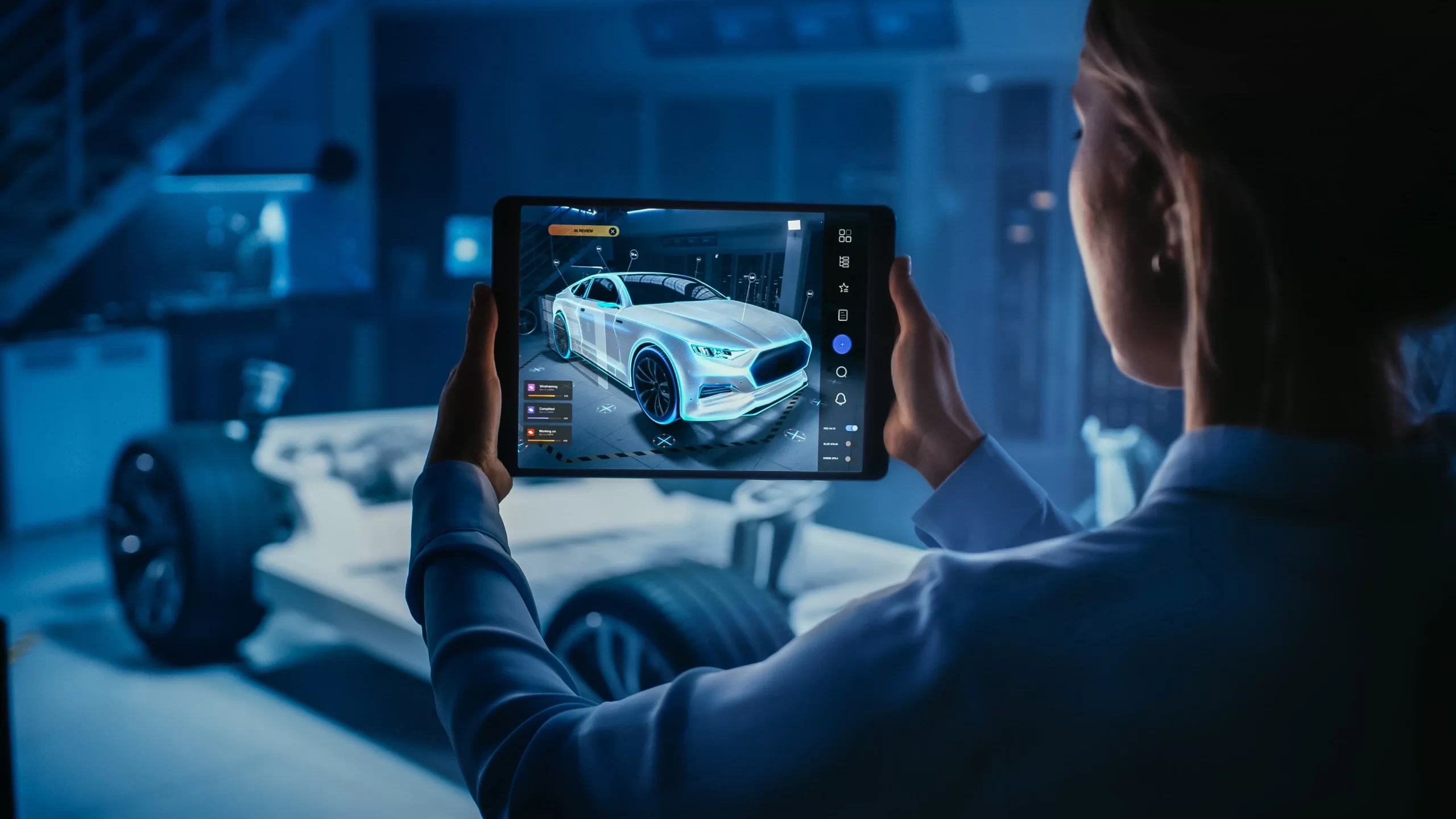
Introduction:
Augmented Reality (AR) has been making waves in recent years, transforming the way we interact with digital information and the physical world.
Augmented reality is built on the foundation of interacting seamlessly with the real world. This involves understanding the geometry and spatial relationships of physical objects. The science behind this interaction relies on computer vision, a subfield of artificial intelligence, to process visual data and recognize objects, surfaces, and spatial features. Computer vision algorithms use techniques like image recognition, depth sensing, and feature tracking to interpret the environment. This enables AR systems to identify where digital objects should be placed and how they should behave in the real world.
Sensor Technology and Computer Vision:
At the core of augmented reality is sensor technology, which includes cameras, gyroscopes, accelerometers, and sometimes even GPS. These sensors collect data from the environment and the device’s movement. Computer vision algorithms process this data, identifying objects and their positions in the real world. This is the science that enables AR applications to “see” and understand their surroundings, crucial for creating realistic and interactive overlays of digital information.
Markerless Tracking:
One of the key components of AR is markerless tracking, a technology that allows AR systems to recognize and track objects or surfaces without the need for physical markers. Markerless tracking relies on visual recognition, simultaneous localization and mapping (SLAM) techniques, and computer vision to understand the 3D environment and position digital objects accurately within it. This technology is what enables AR apps to seamlessly integrate virtual elements into the real world.
Registration and Calibration:
To create a convincing AR experience, accurate registration and calibration are essential. Registration involves aligning digital objects with the real world so that they appear anchored and in the right position relative to the user’s perspective. Calibration ensures that the digital elements fit seamlessly into the real environment. The science behind these processes includes geometric calculations and depth sensing, allowing AR systems to achieve pixel-perfect alignment.
Optical Display and Optics:
The optical component of AR involves the use of displays that overlay digital content onto the user’s view of the real world. These displays can be achieved through various technologies, including transparent screens, waveguides, and retinal projection. The science of optics ensures that digital information is projected accurately and remains in focus within the user’s field of view, creating a convincing augmented reality experience.
Real-time Processing and Rendering:
Augmented reality operates in real-time, requiring sophisticated software and hardware to process sensor data and render digital objects swiftly. High-performance graphics processing units (GPUs) and advanced algorithms are at the heart of this science, ensuring that AR applications respond to changes in the real world rapidly and provide a seamless and fluid experience for users.
Conclusion:
As technology and research in these areas continue to evolve, AR is poised to create innovative and transformative solutions across industries and enrich our daily lives with new and interactive experiences.